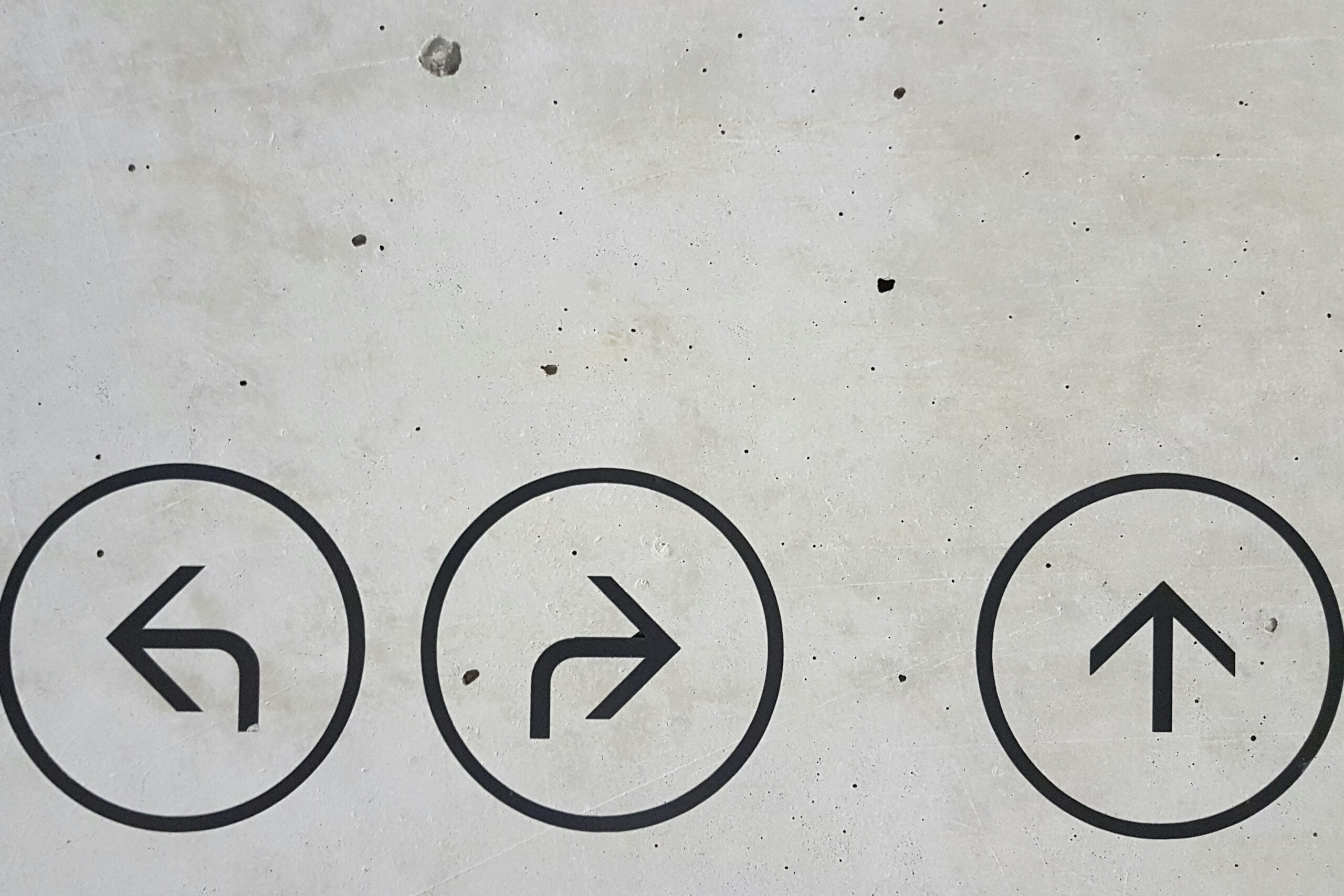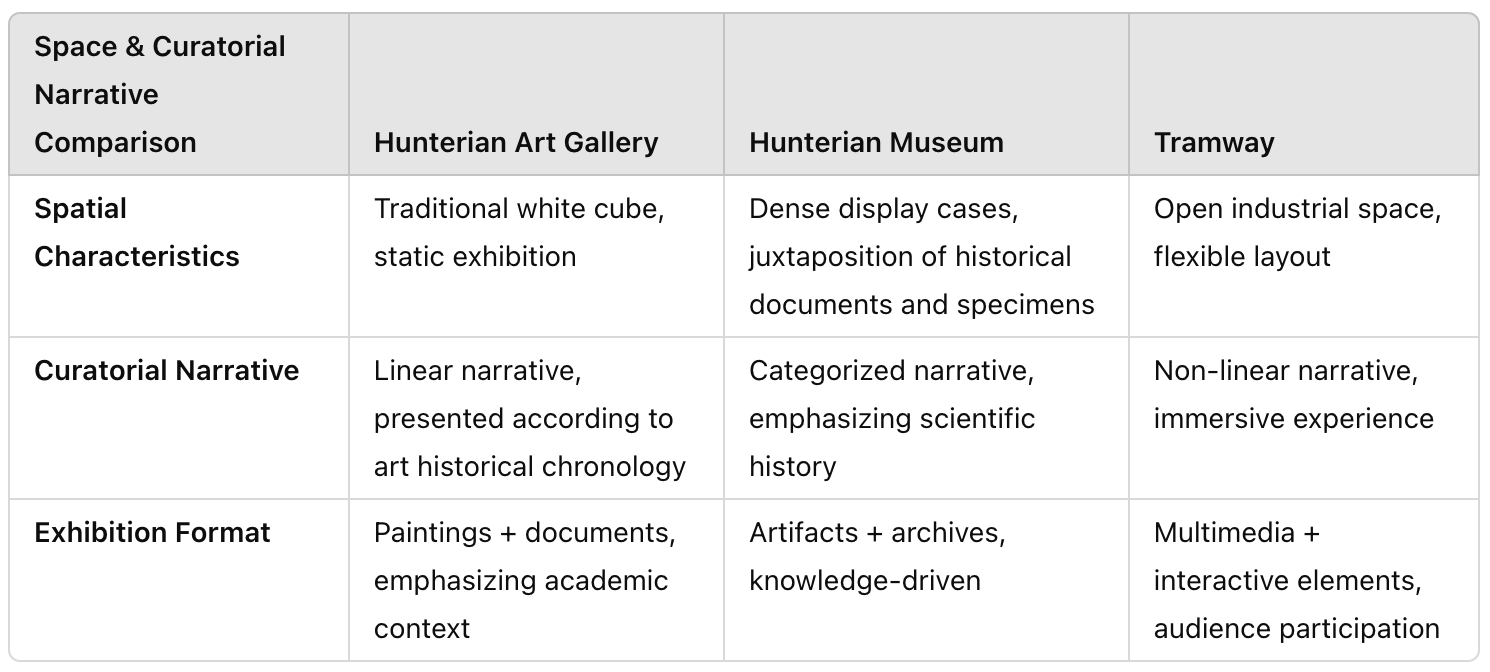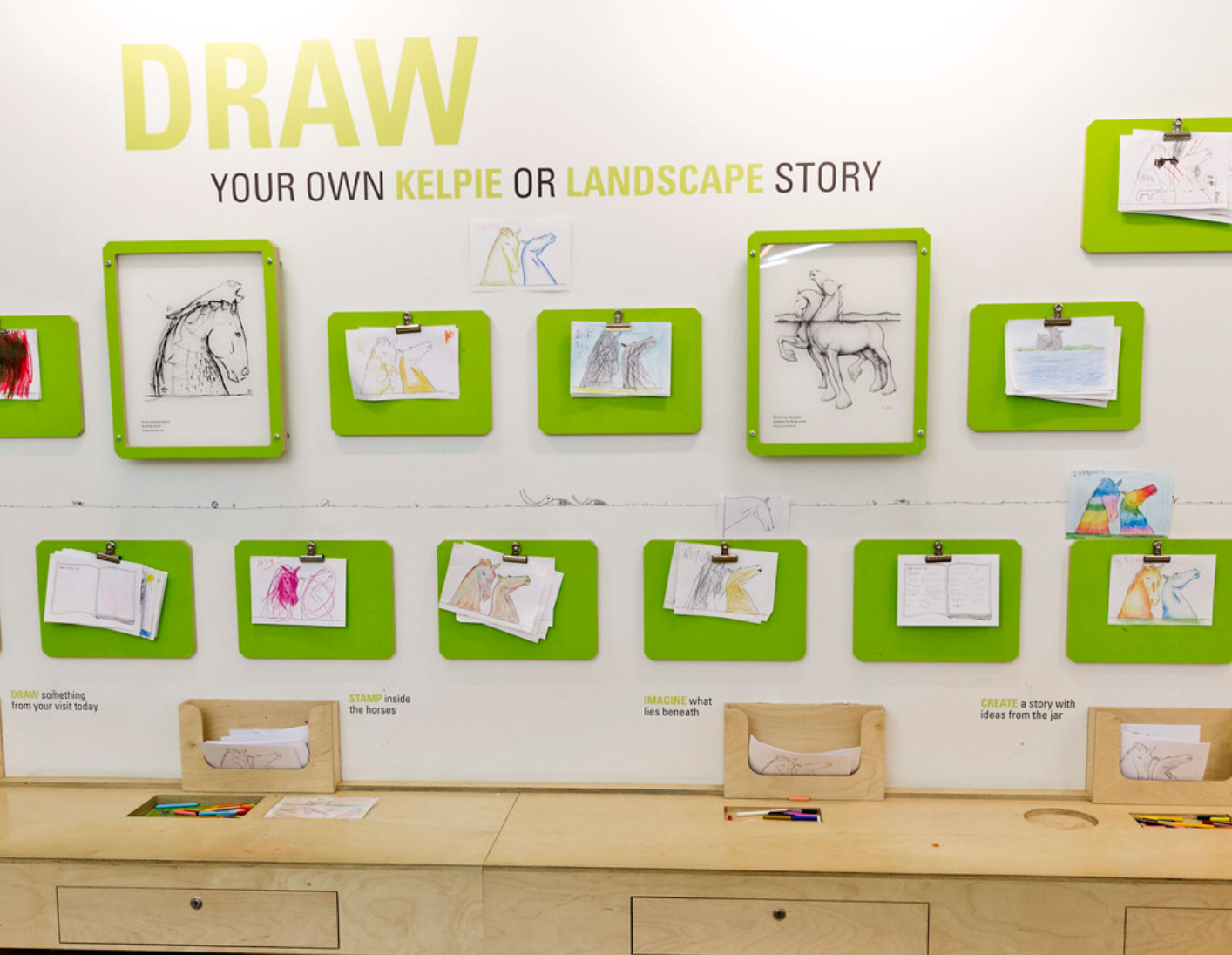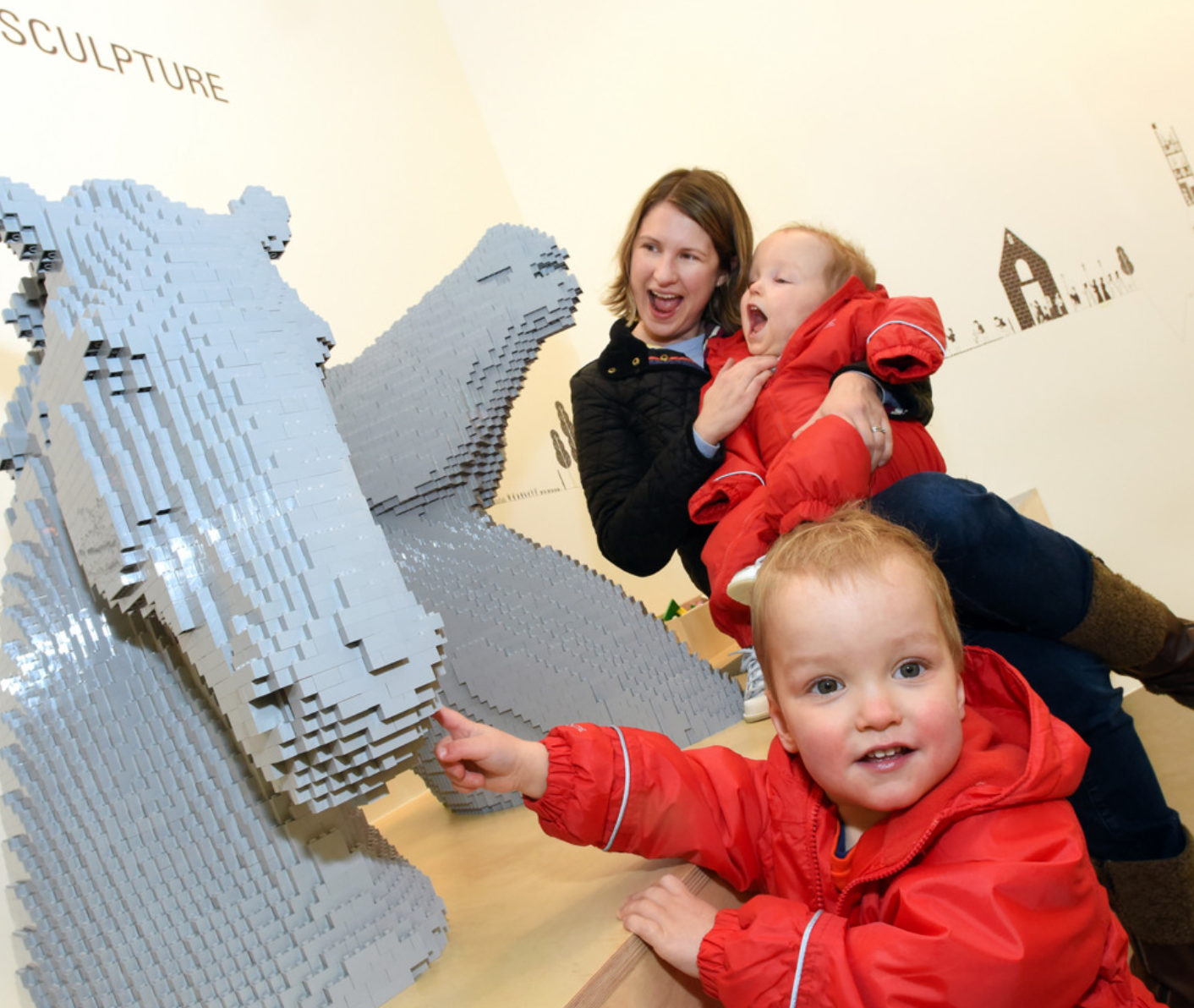WEEK7 SICP: CONFUSION AND TURNAROUND

After my recent field trip to Glasgow’s cultural institutions—including the Hunterian Art Gallery, Hunterian Museum, and Tramway, GoMA—I’ve experienced a significant shift in my curatorial perspective. Previously, I had planned an exhibition at Helix Park Falkirk that featured large-scale figurative sculptures and classical oil paintings. However, after witnessing a variety of different approaches in Glasgow, I became confused about my initial choice.

Comparison table of three different spaces at Hunterian Art Gallery, Hunterian Museum, and Tramway.
At the Hunterian Art Gallery, the experience was marked by a structured, linear narrative that followed art-historical progressions. Meanwhile, the Hunterian Museum focused on classification and the preservation of knowledge. In contrast, Tramway—housed in a former tram depot—embodied an experimental and immersive curatorial model. Tramway’s flexible layout and its emphasis on large-scale installations, multimedia exhibitions, and live performances created an environment where visitors could actively engage with art, transforming the experience from passive viewing into a dynamic, multi-sensory journey.
This revelation has led me to question the effectiveness of my planned exhibition at Helix Park. The Helix Park Visitor Centre (exhibition space), with its permanent displays and historical materials, seems to have little space left for innovative, temporary exhibitions. I now wonder if selecting artworks that are highly representational, like classical oil paintings or large figurative sculptures, leaves enough room for the viewer’s imagination. These works tend to reproduce established forms and narratives, thereby limiting the potential for interactive or participatory experiences.
Inspired by Tramway’s model, I am now considering a dramatic shift in my curatorial strategy. Instead of relying on static representations, I want to incorporate digital and interactive media that allow audiences to explore and reinterpret myths and cultural narratives in a more open-ended way. By integrating elements such as augmented reality, projection mapping, and participatory installations, I hope to create an exhibition that not only presents art but also invites dialogue and active engagement.
To further ground these ideas, I have been exploring theories that encourage more open and flexible curatorial practices. Karen Barad’s agential realism, applied by Jussi Koitela (2018), questions the divide between curator and artwork through the concept of “intra-action,” where exhibitions emerge from entangled relations among human and nonhuman agents rather than fixed intentions.
There are no pre-existing entities, only phenomena constituted through material-discursive practices.
Barad, Karen. “Posthumanist Performativity: Toward an Understanding of How Matter Comes to Matter.” Signs: Journal of Women in Culture and Society 28, no. 3 (2003): 817.
Therefore, this understanding challenges static authority and top-down curatorial models. In my exhibition, I realized it is important to resist static authorship and instead design a more responsive, co-constituted environment. My goal is to move beyond predetermined outcomes by allowing exhibitions to arise through the entanglement of artists, audiences, materials, and spaces. This means I will be reconsidering the selection of works and incorporating participatory elements such as workshops to encourage active engagement and shared authorship.
References
Barad, Karen. “Posthumanist Performativity: Toward an Understanding of How Matter Comes to Matter.” Signs: Journal of Women in Culture and Society 28, no. 3 (2003): 801–831.
The Helix. Accessed February 10, 2025. https://www.thehelix.co.uk/.
(https://unsplash.com/photos/arrow-signs-4eBOAeFfY0w)
WEEK7 SICP: CONFUSION AND TURNAROUND / Tianyi Chen / Curating (2024-2025)[SEM2] by is licensed under a
WEEK7 SICP: CONFUSION AND TURNAROUND / Tianyi Chen / Curating (2024-2025)[SEM2] by is licensed under a





